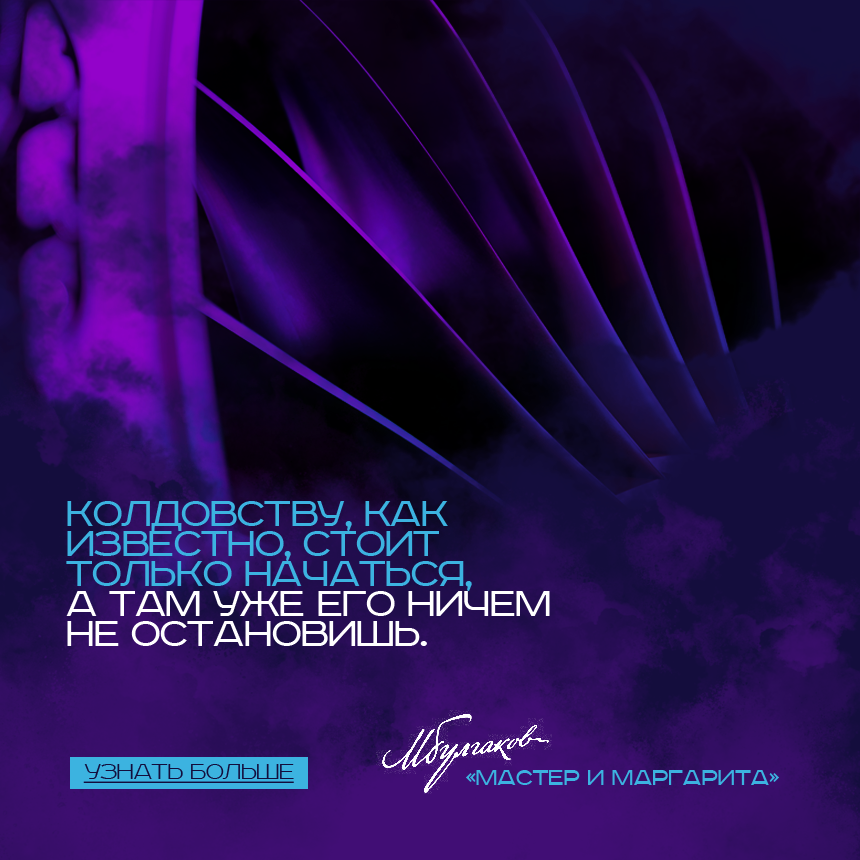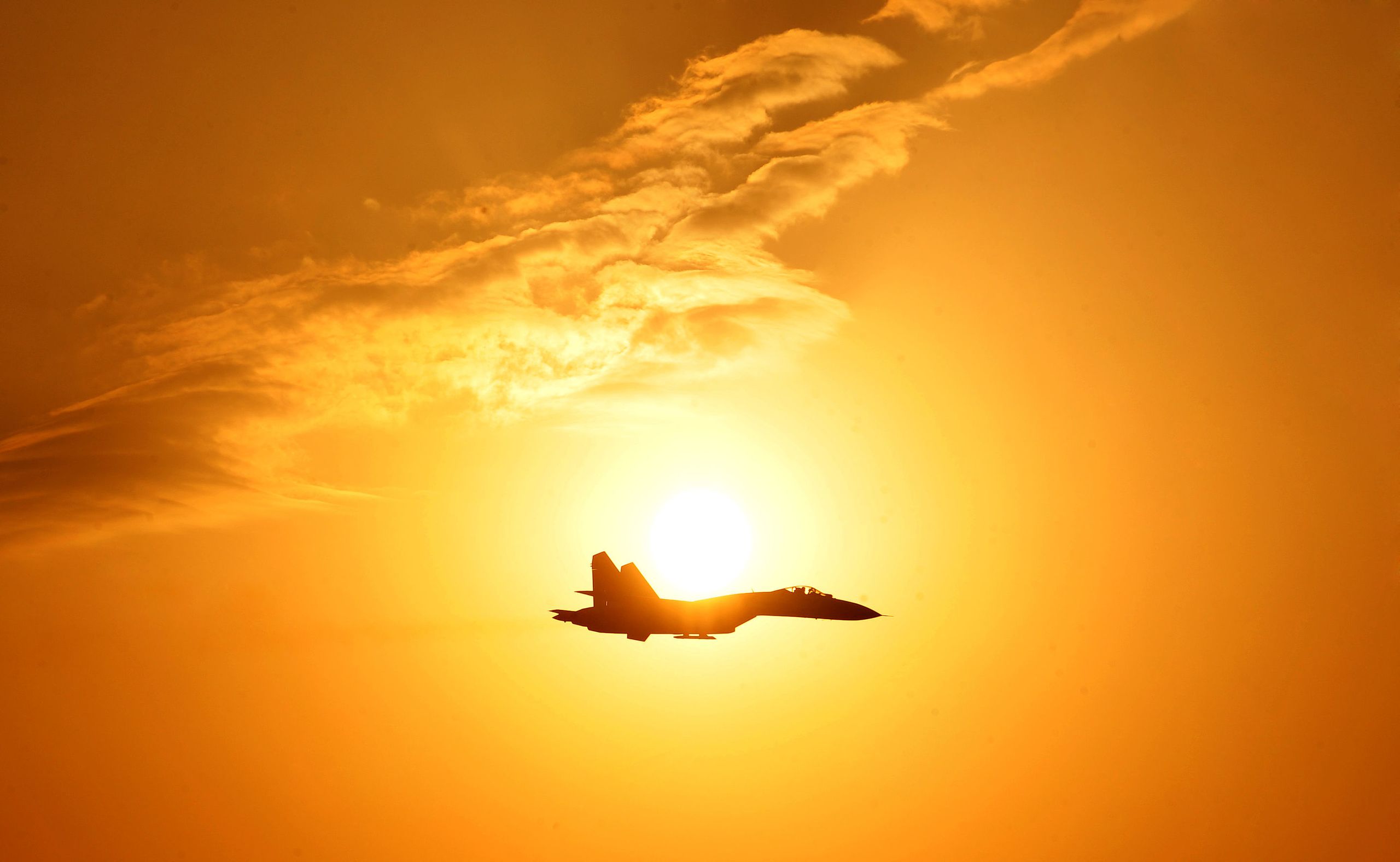
Photo: wikimedia.org
This year, 45 years have passed since the first flight of the Su-27 prototype. The “twenty seventh” has been reasonably recognized as one of the main symbols of the Russian aviation. The fighters designed on its basis are among the world’s most sought-after aircraft. About 700 aircraft of this family have been exported just since 2000.
Some interesting facts about the legendary Su-27 are described below.
“It was worth becoming a pilot for the sake of this aircraft!”
The first prototype of Su-27 (known as Т-10-1) got off the ground on 20 May, 1977. Honoured test pilot Vladimir Ilyushin, the son of famous aircraft designer Sergey Ilyushin, was at the controls.
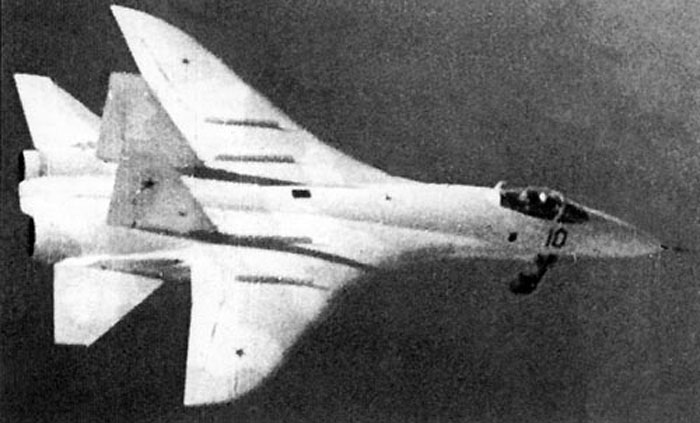
The first Т-10-1 prototype
After the successful flight, Vladimir Sergeevich highly appreciated the new aircraft. He said in one of his interviews later: “When I took the wheels of this aircraft off the concrete to bring it into the air, I understood: this plane could do more than a pilot. And to be able to use all its outstanding capabilities, you need to improve yourself, and this is the aircraft you can wait for all your life. It was worth becoming a pilot for the sake of this aircraft!”
A record holder among Su’s
A total of 70 records were set using the Su fighters, and some of them have not been broken until now. The Su-27 fighter is the foremost record holder among Su’s. It accounts for the highest number of achievements – 51.
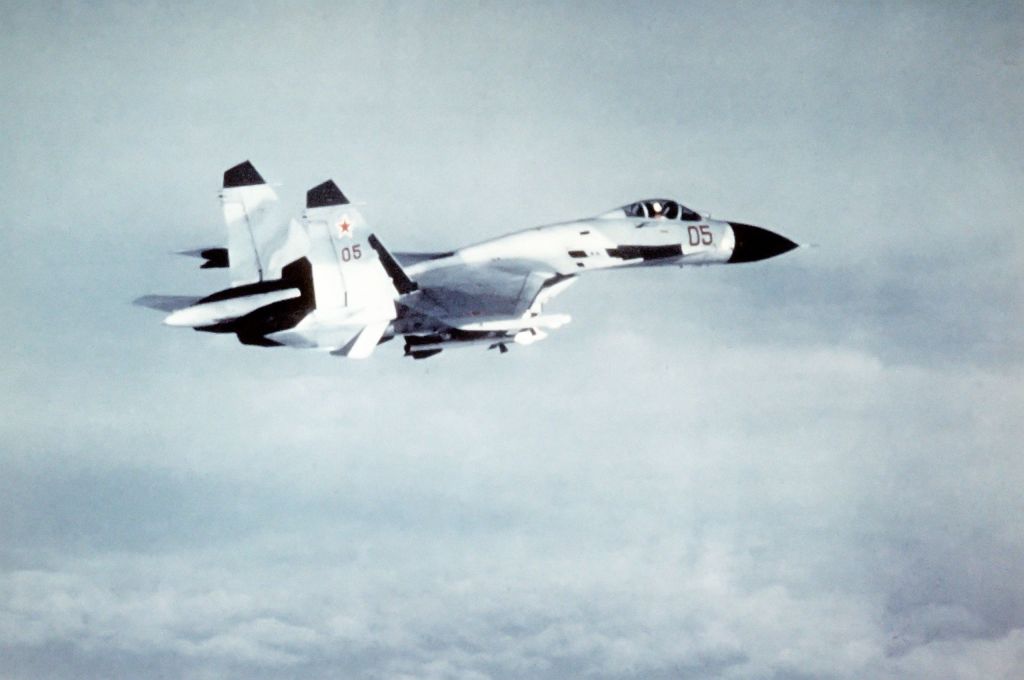
The Su-27 made several high-speed climb records as early as at the start of its career. In October 1986, test pilot Victor Pougachev flying the P-42 modification set a world record of time to climb to 3,000 meters – 25.4 seconds. Just in a couple of weeks, the aircraft achieved 6,000 m in 37 seconds, 9,000 m in 47 seconds and 12,000 m in 58 seconds. In March 1987, pilot Nikolay Sadovnikov brought the Su-27 to 15,000 m in 76 seconds.
Master of aerobatics
Some well-known aerobatic maneuvers were first performed using the Su-27 and were named after our pilots. It all started in 1989 at the Le Bourget Air Show where Victor Pougachev was the first to perform “dynamic deceleration” in the sky that was thereafter given the name “Pougachev's Cobra”. Later, “Frolov’s Chakra” appeared which was first performed by Evgeny Frolov flying the Su-37 – an advanced Su-27M version.
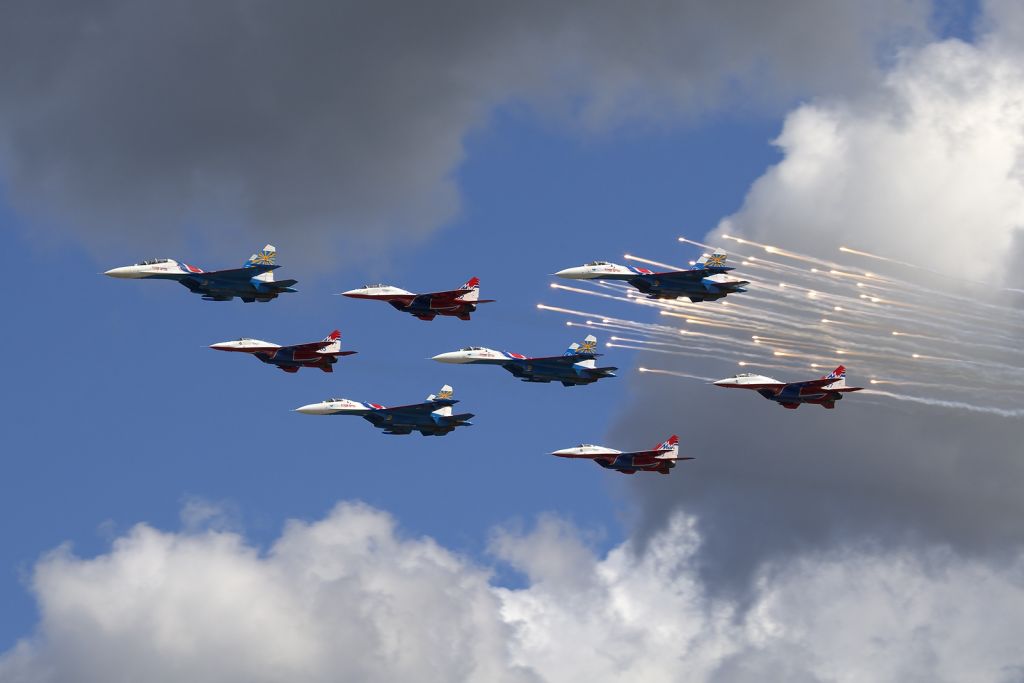
Photo: Oleg V. Belyakov / wikimedia.org
The Su-27s have astonished the world’s air show audience many times again – since 1991, the pilots from the Russian Knights aerobatic demonstration team of the Russian Air Force used them to perform their maneuvers.
Winged titanium
No composite materials were used in the Su-27 design, instead 30% of the airframe and wings were made of titanium.
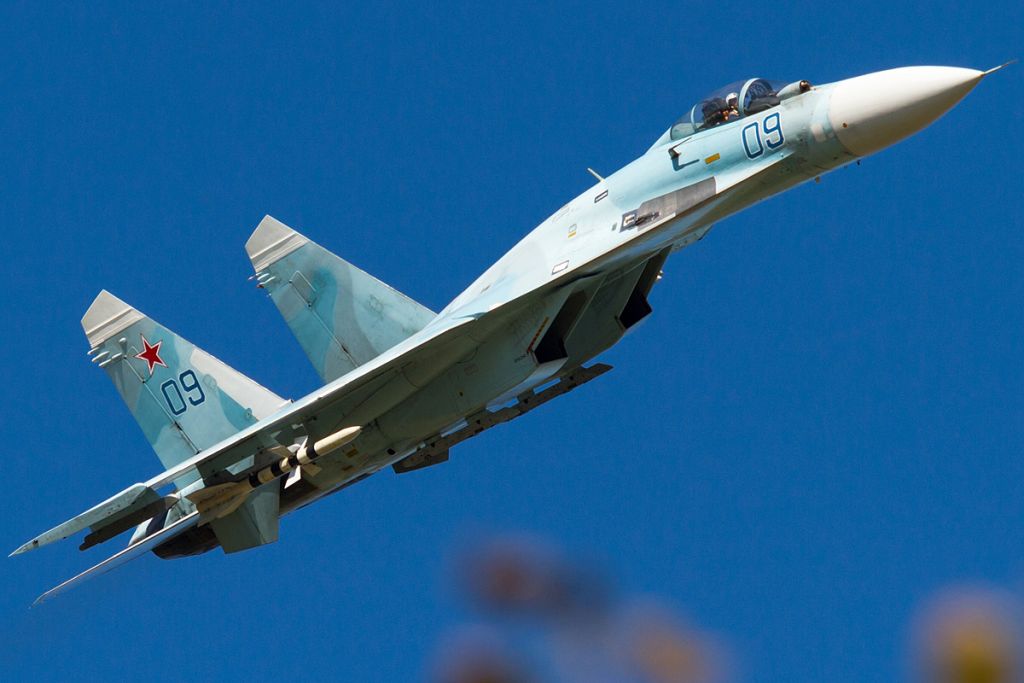
Photo: Fedor Leukhin / wikimedia.org
It is safe to say that titanium is used in any Russian-made plane. Over the years, VSMPO-AVISMA Corporation has been the key supplier of titanium for the aerospace sector. In the 1970s and 1980s, the company was actively involved virtually in any aerospace project. It was then that, together with the personnel of the Russian Institute of Light Alloys and Russian Institute of Aircraft Materials, the aircraft designers developed the products based on titanium alloys to be used for the Su-27 airframes and landing gear.
New family and a “Chinese” relative
The Su-27 project was so successful that it was used for further development of the Russian fighter aviation. The “twenty seventh” served as the basis to develop the supermaneuverable Su-37, multirole Su-30, Su-35 multifunctional fighter and Su-34 strike aircraft which, in terms of their performance, have come close to the fifth-generation aircraft.
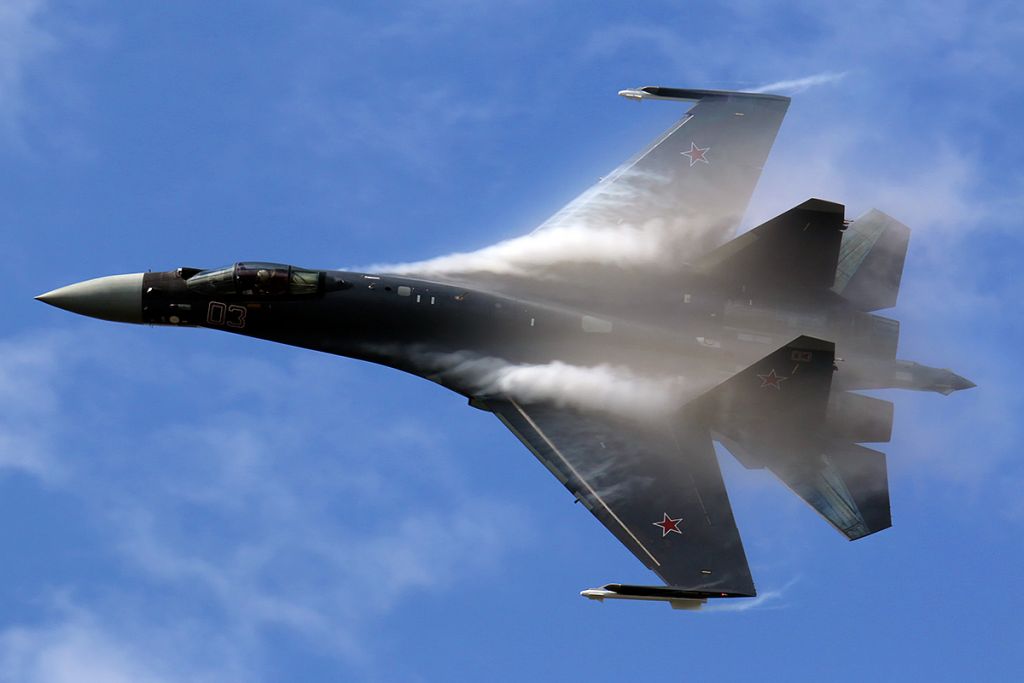
The Su-35 multifunctional fighter. Photo: Dmitry Terekhov / wikimedia.org
The Su-27 was highly sought-after worldwide. Since 1991, export modifications – Su-27SK and Su-27UBK – were produced, and in 1998, the licensed production of Su-27SK designated as F/J-11 was launched in China. Chinese professionals focused on the development of the baseline model by themselves. The modified J-11 became one of the main frontline fighters of the Chinese Air Force.
However, the Chinese continued to purchase more recent Su-27 versions in Russia. Thus, in 1999, the Su-30MKK twin-seat fighter was specially developed for China. This model and J-11B modification served as a basis for a new Chinese J-16 fighter which has been manufactured since 2012.